Role Play: What makes a “good” roleplay interaction?
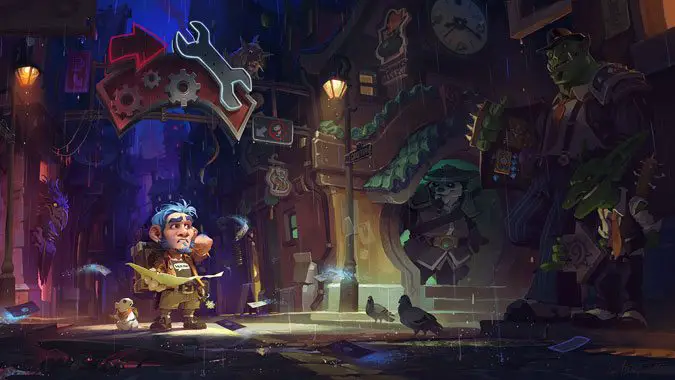
Roleplayers are as varied as any other style of player in World of Warcraft. The general perception is the same whether you’re looking at PVP, PVE, or roleplay. There’s a “right” way to do things, and a “wrong” way to do things. It’s the definition of what is “right” and what is “wrong” that varies from player to player. Everyone has their own preferences; you see them with addons, with talent selections, and with gear choices.
The same applies to roleplay as well. Everything from speaking in /say vs. speaking in /party all the way to grammar and what tense you choose to write in is up in the air. So let’s just get this out of the way: There is no “right” way to roleplay. Whatever method you’re comfortable with is the one that’s right for you. There are, however, ways to ensure your roleplay is good roleplay, regardless of how you go about it.
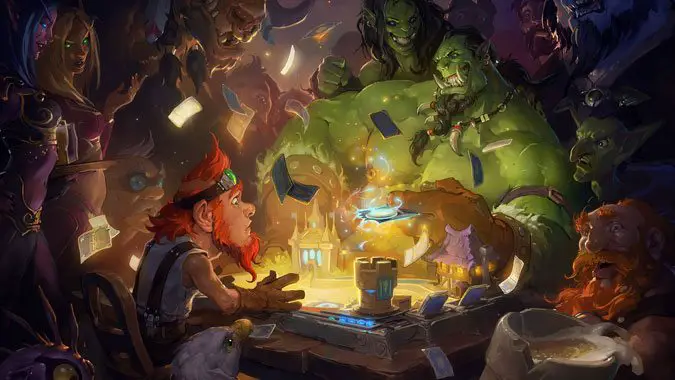
Interaction
Interaction between characters is the basic backbone of roleplaying. To put it simply, it’s the act of speaking to another character or group of characters. You can choose to speak purely in /say, or you can mix it up with emotes, if you’d rather.
Moments of interaction can be spontaneous, or planned out group roleplay events. Either way, you’re speaking as your character, and you’re listening and responding to people as you think your character would. There’s no “wrong” way to interact in these situations — it’s simply conversation, and how you think your character would respond.
Interactions can be as simple as striking up a conversation with a stranger, all the way to heated altercations or arguments. In group situations, there’s usually a lot of interaction going on between several different characters at the same time. And while there’s no wrong way to interact in-character, there are some out-of-character things you want to keep in mind when you’re typing up your reply.
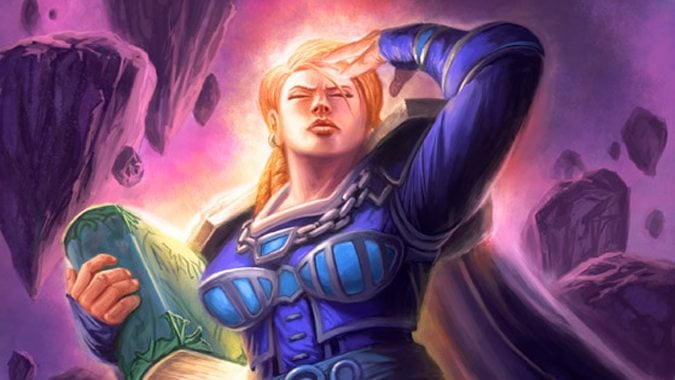
Pay attention
Before you reply to an in-character interaction, take a minute to thoroughly read what’s been said. Was there any important information your character might want to know more about? Were they asked a question? Was the question something they’d likely answer, or something they’d gloss over when replying?
Interactions are conversations, so you want to treat them accordingly. Your character should be listening to what’s being said. If your roleplaying partner is using emotes while talking, pay attention to what they’re doing as well. Where are they located? Are they standing across the room, or right next to your character? Are they eating or drinking? Are they paying attention to the room around them, or are they focused on your character?
Is the topic of conversation something your character is familiar with? Do they need to ask for more clarification on the subject? Is this person a stranger, or a friend? How well your character knows the person they’re talking to will likely have a direct effect on how they reply to that person. You don’t really tell your life’s story to a perfect stranger, after all.
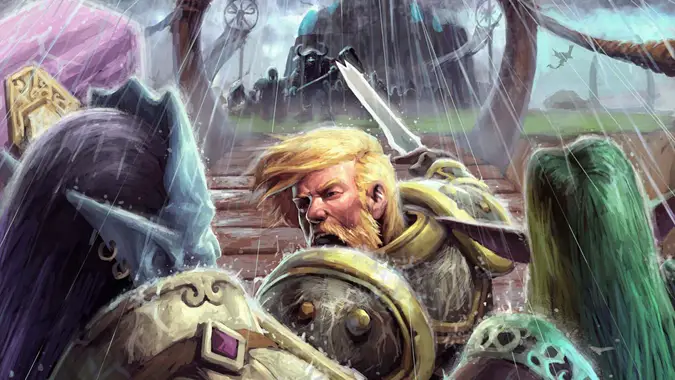
Address what was said
When you’re formulating your reply, you want to keep all of the above in mind. If your character was asked a question, address that question. Even if your character chooses not to answer it, you should still acknowledge it was asked. You can do this by simply working that dodge into an emote, or having your character abruptly change the subject and point out that they are doing so. {PB}
Respond to every detail relevant to your character — if they were offered food or drink, either accept it or turn it down. If your character was touched or gestured at, respond to the touch or gesture accordingly. None of this has to be a particularly lengthy reply.
The point isn’t length, here — it’s about acknowledging that you’ve read what your partner said, and you’re paying attention. Good interactions read like a genuine conversation where both people are taking part. If you limit yourself to one-word replies, your partner might get the out-of-character impression that you really don’t want to be there at all.

Give a prompt
A good conversation is, of course, a two-way street. You don’t want to just parrot a response to whatever is said to you. Give your partner something to respond to in turn. This can either be a directed question, a movement, a touch, or any other indicator that your character is still invested in the conversation.
Again, length isn’t the point — you don’t need to give your partner a short novel to read. But an effective interaction should be a back-and-forth effort between two parties. Much like combat situations, you should be crafting a response to what was said, and then a reaction that your partner can respond to.
While it’s great to see character introspection — a look into what they’re thinking — this doesn’t really count as a prompt. It’s not something your partner’s character can see; they aren’t a mind-reader, after all. Because of this, it’s not really something they can respond to, either. However, emotions easily read on the face, posture, or general attitude all work as prompts. Sure, they aren’t spoken words, but they’re easily seen, which means they can be worked into a reply.
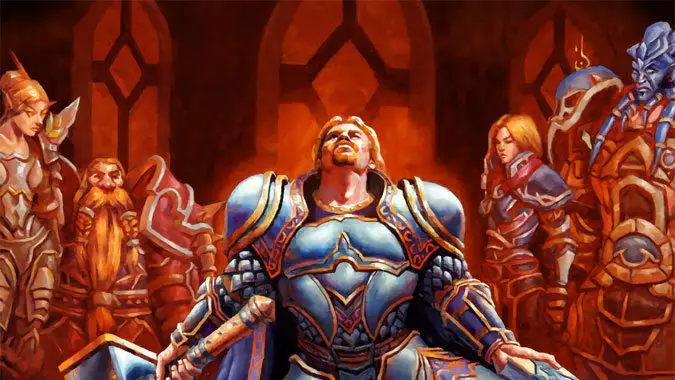
It’s not about you
The most important thing to remember about interactions is that they’re a two-way street. It’s not about making your character “win,” it’s about having a conversation. That conversation shouldn’t be solely focused on one character over another — one-sided roleplay isn’t very fun.
Pay attention to what’s being said. Your partner could be dropping hints towards a big secret, a plot point, or even some interesting personal information about their character. If you ignore what they’re saying, it can come across as being self-absorbed — like you’re not interested in their character at all. This works in the other direction as well — give your partner something to go on, so they don’t feel like they’re doing all the talking.
Interactions can get a little hectic in bigger groups of people. Instead of trying to acknowledge everyone at once, focus on the people that are either saying something to your character, or doing something relevant to your character’s interests. You don’t really need to reply to everyone in the room — unless, of course, they’re all there as a group to either interrogate, arrest, or otherwise deal with your character in some significant fashion. But even then, you can usually limit your replies to the people that are directly addressing your character.
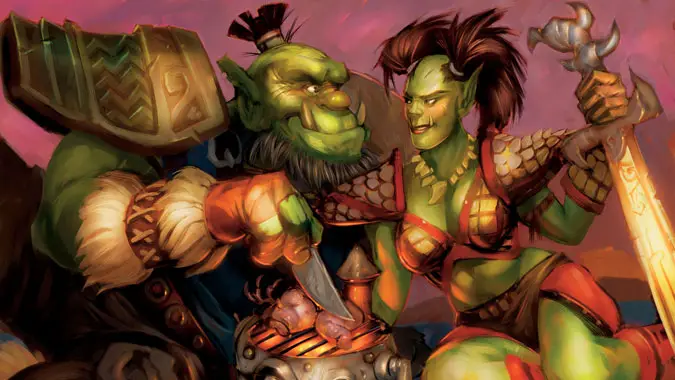
Every interaction matters
Interaction is an integral part of roleplaying — every interaction matters, no matter how small. An interaction with another player is a chance to establish your character’s voice. You want to use those moments to let people know who your character is — and to get to know who their characters are, too. Successful interactions generate more roleplay, while being short with people can limit future roleplaying opportunities.
Keep in mind that you don’t need to make every conversation a deep and meaningful interaction. Even if your character doesn’t really want to speak at the moment, it’s still worth it to take a minute and establish that in-character. Doing so will let your fellow roleplayer know that they’re being acknowledged, even if that interaction is a brief one.
There’s no such thing as a “right” or “wrong” way to roleplay — but you want to treat your fellow roleplayers with respect and kindness. Be inclusive with your interactions, pay attention to your roleplaying partners, and make sure you’re giving as much as you’re taking away. A “good” roleplayer doesn’t need to write novels to be good — they just need to be involved, and make sure their partners are involved too.
Please consider supporting our Patreon!
Join the Discussion
Blizzard Watch is a safe space for all readers. By leaving comments on this site you agree to follow our commenting and community guidelines.
 @Shadesogrey
@Shadesogrey



